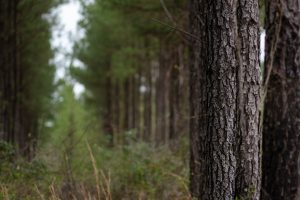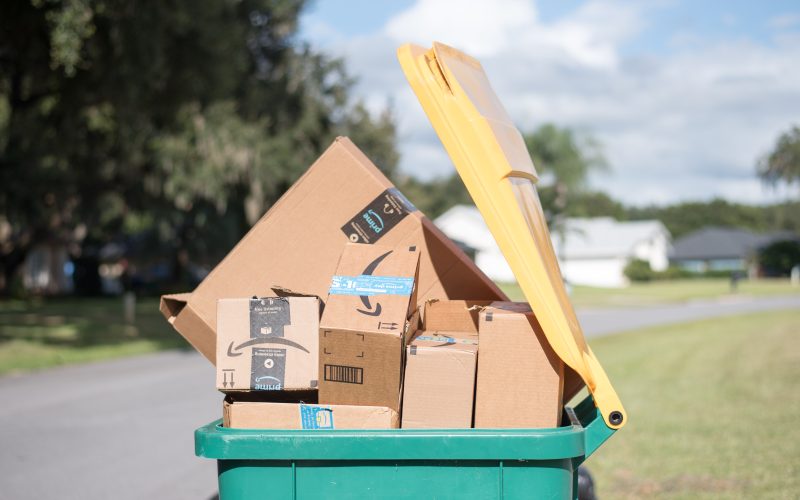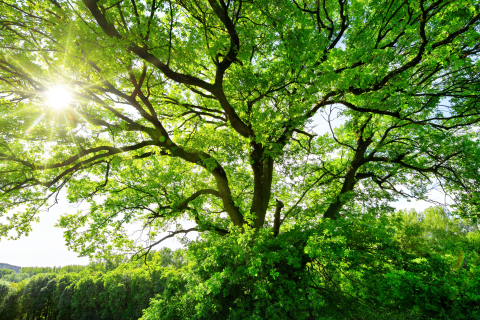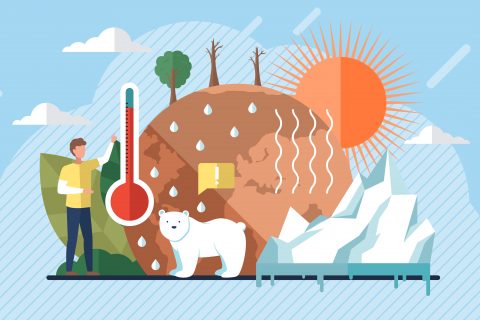Holiday gifting is upon us, and that means box after box made of cardboard. Matthew Shaer is contributing writer for The New York Times Magazine, and he joins host Krys Boyd to discuss where cardboard comes from, how supply can barely keep up with demand, and why the industry is recession-proof. His article is “Cardboard Has Taken Over Our Lives. Where Does It Come From?”
Bonus Blog: Let’s unpack how cardboard material is sourced
—By Cristin Espinosa, Digital Producer for Think
Christmas is right around the corner, and you may soon find yourself ordering and unwrapping a lot of gifts packaged in cardboard. We’re surrounded by cardboard every day, but have you ever wondered how it’s made?
Our guest, Matthew Shaer, says he was surprised to learn in his reporting for The New York Times Magazine that the perfect material for cardboard is loblolly pine—a tree often found in Southern states like Georgia, where Shaer lives.
“The reason why this particular pine tree is so important to cardboard manufacturing—it’s twofold,” Shaer explains. “One is that these trees grow really, really fast and they grow everywhere and anywhere… Most importantly, they’re pine trees, so they’re long-fibered. If you think about an oak tree, that’s a hard wood. The fibers in there are short, which you’d be able to use for furniture, let’s say, but not as easily for fiber-based packaging.”
Loblolly pines have very long fibers, which helps make paper products very strong, making it the perfect tree for cardboard production. Shaer says loblollies are the main tree that we rely on for cardboard, not only in the U.S., but all over the world.

Cardboard manufacturers get loblolly pines from a few different sources. Much of the pine comes from commercial tree farms, but some people with private land that grows loblolly pines may sell the trees. Shaer says government-owned parks can also be a source of loblolly trees.
“Regional parks or recreational areas have to be maintained by the forestry service,” Shaer says. “Sometimes, of course, the tree service will say, ‘Hey, let’s make a little money that we can put back into maintaining this property and we’ll sell it to a paper mill nearby.’”
Once the trees are sourced and cut down, they’re put on flatbed trucks and transported to paper mills, which are often located within a couple of hours of where the loblolly pines were cut.
“A lot of the mills are… across Georgia and Alabama, usually within 100 miles of where the trees are coming from,” Shaer says. “They chop them up and it kind of looks like a giant bundle of toothpicks or something on a flatbed truck. And they’ll haul those from the cut site, from the tree farm or from someone’s backyard to the paper mill.”
You can learn more about how cardboard is made by listening to our full podcast with reporter Matthew Shaer above this blog post!





